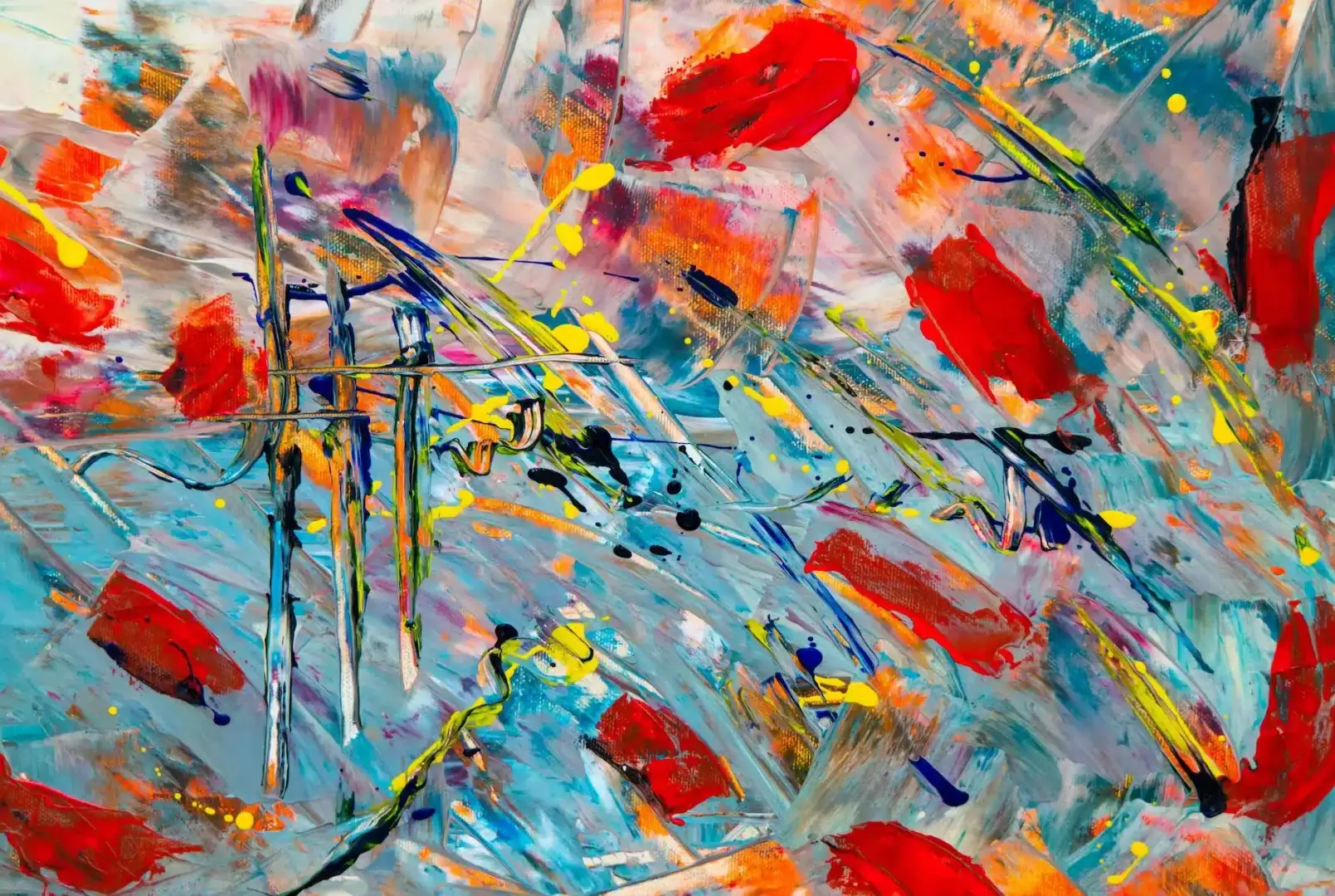I really liked this paragraph:
What is the difference between art and propaganda? Well, among much else, propaganda tells you what to think. Art, meanwhile, is meant to teach you how to think—even to think for yourself. One result from that is that propaganda tells you that the world is simple, while art reflects the fact that the world is complex.
Netflix’s ‘Farha’ and the Perils of Propaganda
This encapsulates, to me, great art: it is provoking and subject to conflict and complexity – just like humans are. Winston Churchill did good things (key role in survival of liberal democracy!) and he did bad things (Gallipoli, India, amongst others). Roald Dahl did good things (book writing) and bad things (anti-Semitism). John Lennon did good things (music) and bad things (various racially-charged political causes)
Han Solo
The first time I saw an attempt to rewrite a good story to make a character more “perfect” was with the Special Edition release of Star Wars in the late 1990s. In the original movie, Han Solo shot pre-emptively assinated a character called Greedo – but the movie was changed with the re-release to make Greedo shoot first. From being a murderer, Han Solo became a reasonable man acting in self-defence.
Han Solo is a beloved character from the Star Wars franchise, known for his witty one-liners, dashing good looks, and charming rogue attitude. However, beneath his suave exterior lies a complicated character with a questionable moral compass. Han Solo is a smuggler, a thief, and a mercenary who is only out for his own self-interest. He is willing to do whatever it takes to get what he wants, including shooting first in a tense situation. While his actions may seem reprehensible to some, they are also a reflection of his survival instincts and the harsh realities of the galaxy he inhabits.
One of the most controversial moments in Han Solo’s story is when he shoots Greedo in the Mos Eisley cantina. The scene has been the subject of much debate and scrutiny, with fans arguing over who shot first and what that says about Han’s character. Some argue that Han’s actions were justified as an act of self-defense, while others see it as a cold-blooded murder. Whatever one’s interpretation may be, it is clear that this moment encapsulates the complex and morally ambiguous nature of Han Solo’s character. He is neither a hero nor a villain, but a flawed and nuanced character who must navigate the grey areas of right and wrong in order to survive in a harsh and unforgiving universe.
Rewriting art to make it “perfect” degrades it
Part of the greatness of the original Star Wars movie is that the people were imperfect. Rewriting the story to make Han more perfect, by making Greedo shoot first, degrades that great art.
We see this in recent attempts to rewrite various books to make them more perfect, or more pure. Roald Dahl was a bad human, but he made good art. Part of the goodness of his art was that it was deeply imperfect. Trying to remove imperfections is baby-brain nonsense from modern propagandists, rather than from artists.
Fauda
Fauda, the modern TV show currently available on Netflix, is another piece of great art. Because it was produced in a modern and free society, and represents great art, it shows no one as perfect and no one as blameless. Each of the characters can and should be subject to moral criticism, and debate about the righteousness of their actions. The Israelis are good – and bad. The Palestinians are good – and bad. Each character faces moral challenges, and sometimes does the right thing, and sometimes does the wrong thing. That’s what makes it great art, and worth watching.

